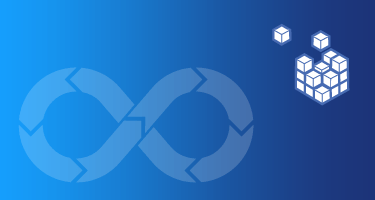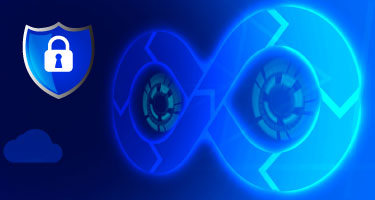Pressure on teams to modernise applications
Pressure on teams to modernise applications As many organisations are moving towards a cloud-native approach, the need to modernise applications using new platforms and products is inevitable. But are the expectations on teams too much? With agile delivery being the norm, teams are empowered to experiment, align capacity to continuously learn and are encouraged to fail fast. But with that said, there is increasing pressure for teams to cut corners and adapt to tools and engineering standards as they deliver. In TL Consulting’s opinion, this is when most teams fail to adopt Kubernetes and other modern technology correctly. Issues begin to appear right through the build pipeline most commonly with security, multi-cloud integration, compliance, governance, and reliability. Embedding modern engineering standards Organisations often opt for a lift and shift approach to reduce OPEX and or CAPEX. However, the underlying code is not mature enough to be decoupled correctly and housed within a container. This requires considerable rework and creates an anti-pattern for software engineering teams. Instead, to move from the traditional 3-tier architecture and implement new technical stacks, new development principles for cloud applications such as Twelve-Factor Apps need to be embraced. Other levels of DevSecOps automation and infrastructure as code need to become the engineering standard too. The Twelve Factor App The Twelve Factor App is a methodology providing a set of principles for enterprise engineering teams. Like microservices architecture, teams can leverage the similarities of these principles to embed engineering strategies. This does require highly skilled engineers to create models that can be adopted and reused by development teams. Engineering support With these types of expectations put on immature development teams, the pressures and demand on resources impact performance and quality. From our experience we have found that even Big 4 banks require assistance to modernise applications and seek external support from platforms, and products to modernise their app portfolio. e.g., VMWare Tanzu. VMWare Tanzu is an abstraction layer on top of Kubernetes platforms which enables enterprises to streamline operations across different cloud infrastructures. Tanzu provides ease of management, portability, resilience, and efficient use of cloud resources. It is important to note that to be successful implementing the likes of Tanzu’s suite of products, an organisation would need to establish a DevSecOps culture and mature governance models. Embracing DevSecOps TL Consulting has found many organisations need guidance when embedding a culture shift towards DevSecOps. Teams must have a security first mindset. The norm therefore should not be limited to the likes of security testing, such as Static Application Security Testing (SAST) and Dynamic Application Security Testing (DAST), but instead focus on securing applications by design and automating security practices and policies across the SDLC. After all, the goal is to standardise teams’ daily activities, to build secure software into cloud-native engineering workflows. Infrastructure-as-code (IaC) As IT infrastructure has evolved, leveraging IaC can now be invigorating for teams. Engineers can spin up fully provisioned environments that scale, are secure and cost effect. However, if DevSecOps and infrastructure automation orchestration are not aligned, CI/CD pipelines and cloud costs will be difficult to control. To achieve these sustainable processes and practices, implementing a DevSecOps culture that has mature governance models will help keep cloud costs optimised. Conclusion Providing teams with capacity and implementing modern technology platforms will not overcome the engineering challenges faced when modernising applications. To modernise applications requires an established DevSecOps culture, robust governance models and highly skilled teams. Additionally, each team needs to understand the application(s) under their control to determine what needs to be automated. For example: the purpose of the application and customer experience architecture and design of the application and its dependencies application workflows and data privacy policies compliance with government managed data (if applicable) business security policies & procedures cloud security policies & procedures which impact the application application infrastructure employed The modern platforms, products and tools therefore become enablers to optimise cloud-native adoption, not solutions. This is where onsite education, guidance and support from experts and subscriptions models like A Cloud Guru, can be highly beneficial for leaders and engineers. If you are facing challenges implementing DevSecOps or adopting modern technology platforms such as Kubernetes, contact us.
Pressure on teams to modernise applications Read More »
DevSecOps


